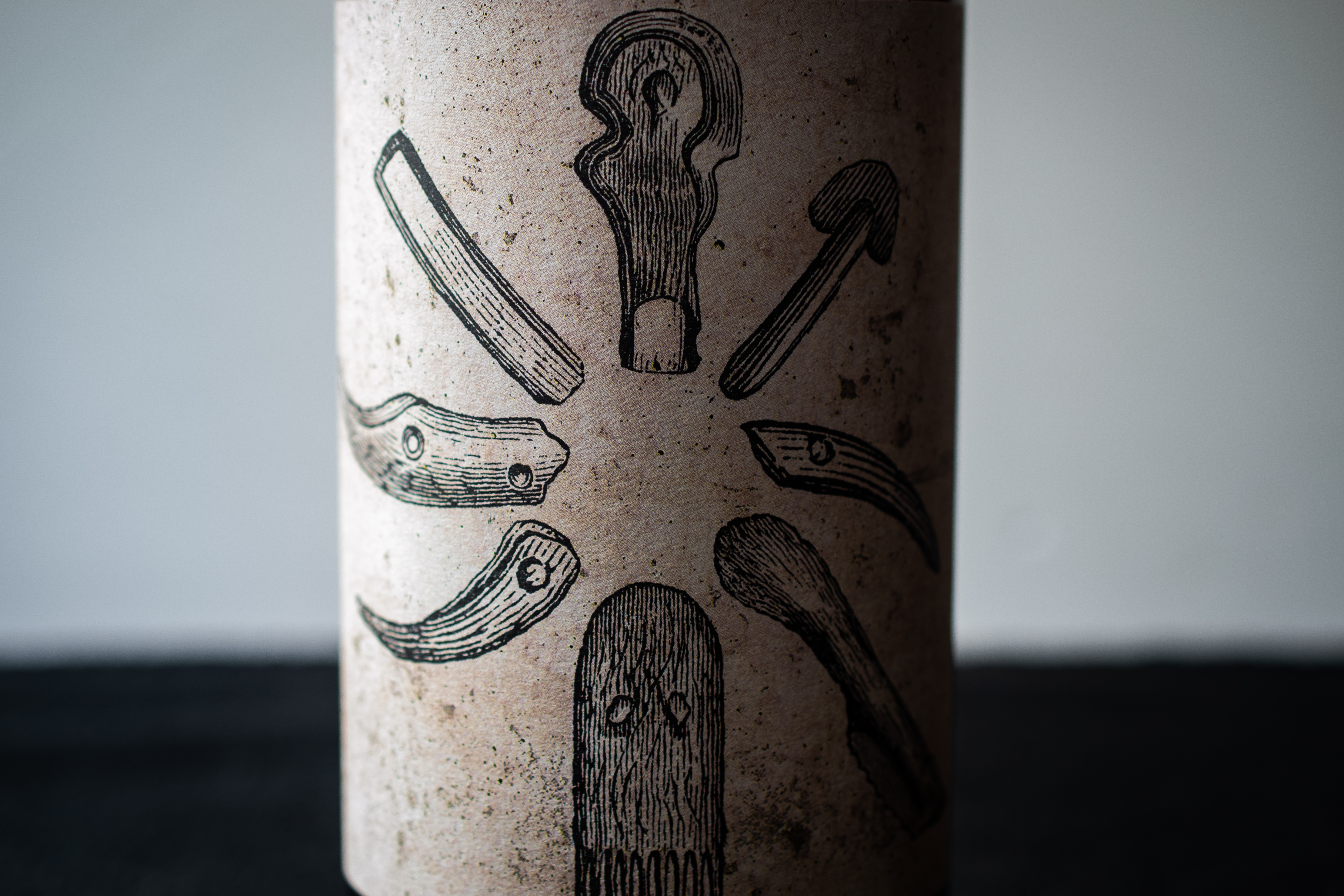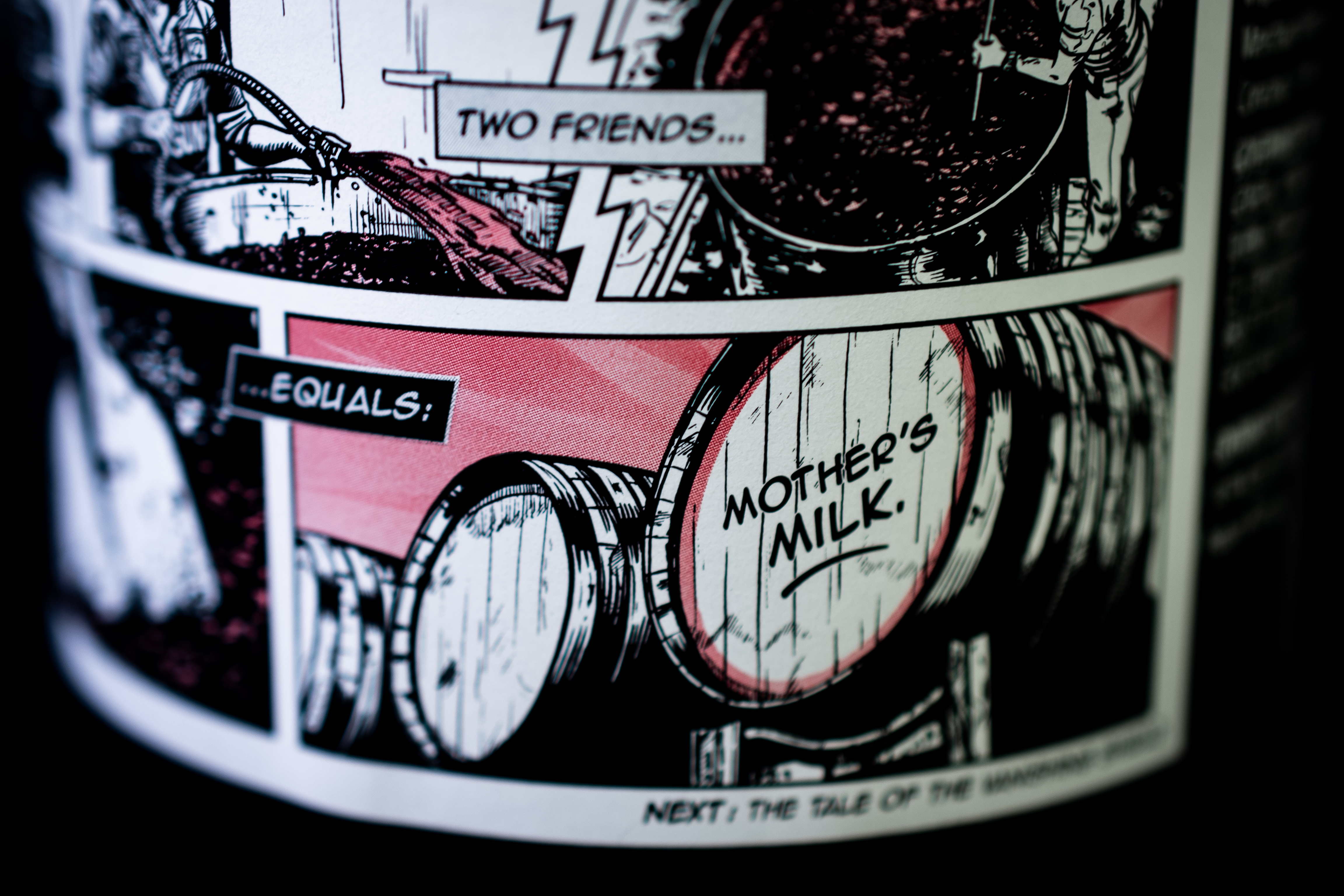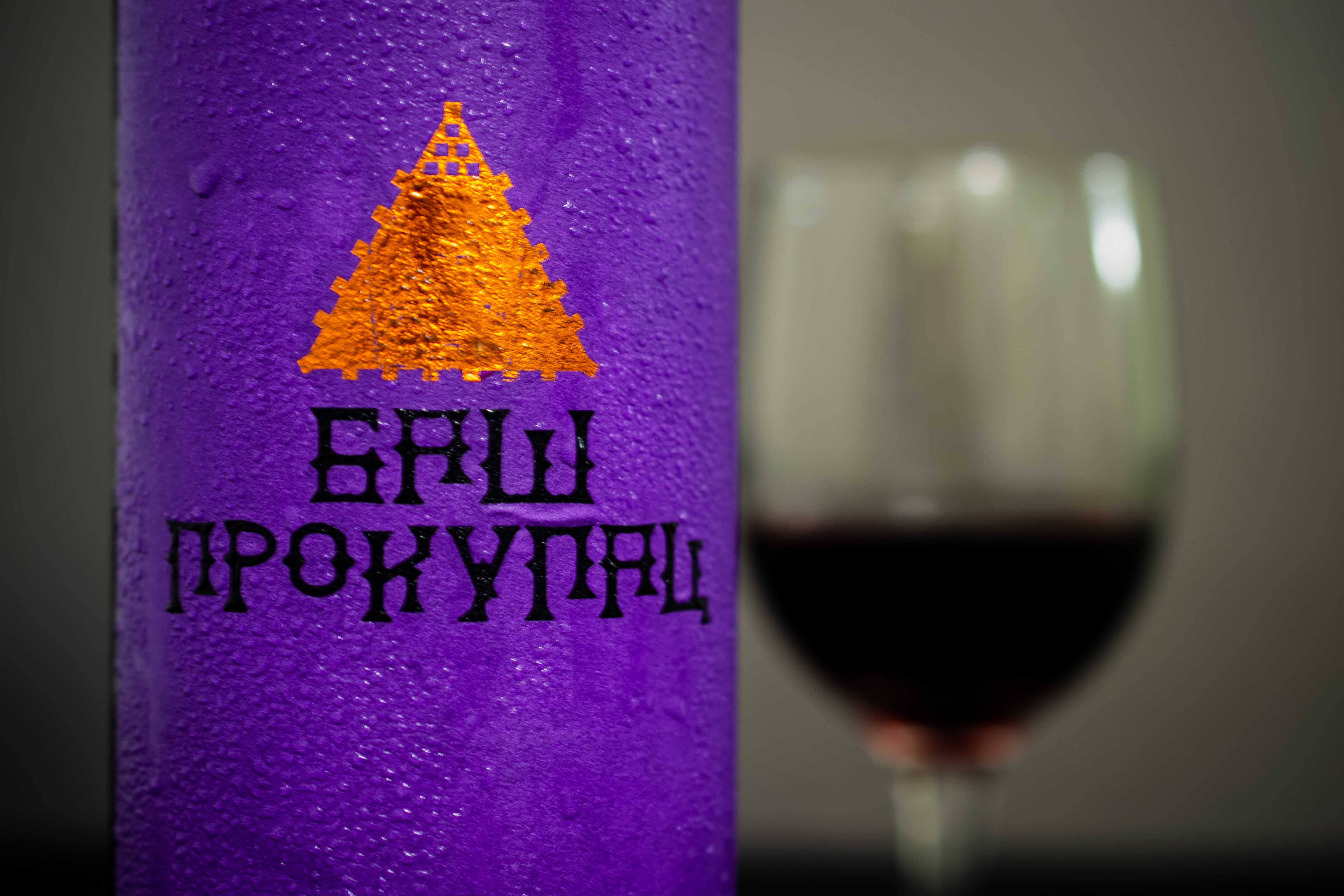There’s something Americans find romantic about Tuscany. Seriously, just say the word and watch their eyes roll back in their skulls as waves of micro-orgasms penetrate the hidden corners of their mind. It doesn’t matter if you’re describing the place itself or can of chunky soup, there’s just something about the idea of Tuscany that satisfies the imagination like no other place can. We just find it romantic and I think the Italians know that, otherwise how could you explain something like this, a bottle of Chianti Classico with a unicorn on the label? I mean, c’mon, there’s already a castle overlooking the vineyard, at a certain point it’s not even fair; just take our money, please, we’d be honored for you to have it.

Querceto Chianti Classico is a blend of 92% Sangiovese with the remaining 8% consisting of Canaiolo, Colorino, and Mammolo e Ciliegiolo, if you’ve never heard of those last three, don’t worry, they’re not grapes you’re likely to find outside of Chianti. The wine spends six months in wood (I assume oak, but that was not specified on their website) and then aged in the bottle for a further two months before being released to consumers. They offer several different Chianti Classico labels, as well as other wines, and even olive oil.

Like I said before, there’s a castle overlooking the vineyard, they offer tours of the vineyard, cellar, and castle. There’s also rooms available to rent, should you want to spend your vacation there. Personally, I’ve never been to Tuscany, but if I was going this looks exactly like the kind of place I would want to go to get away from everything. Just look at the photos and you understand why people get that dreamy look in their eye at the mere mention of the region.

As for the wine, it was good. I’m not always a fan of Chianti, Classico or otherwise, but I enjoyed this. It was surprisingly tannic for such a light wine, so it paired well with my steak, but may not have performed so well with a lighter pasta dish. It was well-balanced, with good acidity, red fruit and spice flavors. All in all, I would recommend it.
Italian wine is kind of intimidating for me, it’s not something I’ve explored much and it’s a deep rabbit hole to fall into. We sell a few Iabels at work and I’ve delved in a little for the Chopping Block’s blog, I actually wrote a post exploring the differences between Chianti and Chianti Classico at the beginning of last year, but there’s so much more for me to learn about that county. I know that when I finally decide to take it on it’s going to require a lot more focus and energy than other areas, simply because there are so many new grapes and every region has its own unique personality; it’s just overwhelming. That’s really it, I know its going to demand so much of my attention that I’m afraid I’m going to miss out on something else. I’m not usually a fan of New Year’s resolutions, but this might be mine for 2019, to drink and learn more about Italian wine.

However, that’s all in the future. For the moment, I think the real takeaway, the moral lesson that needs to be understood here is, that if you find a bottle of wine with a unicorn on it, you should buy it.

























